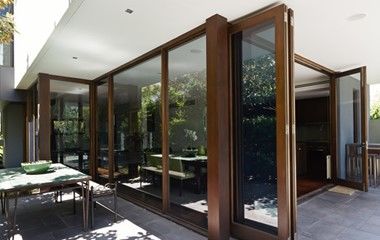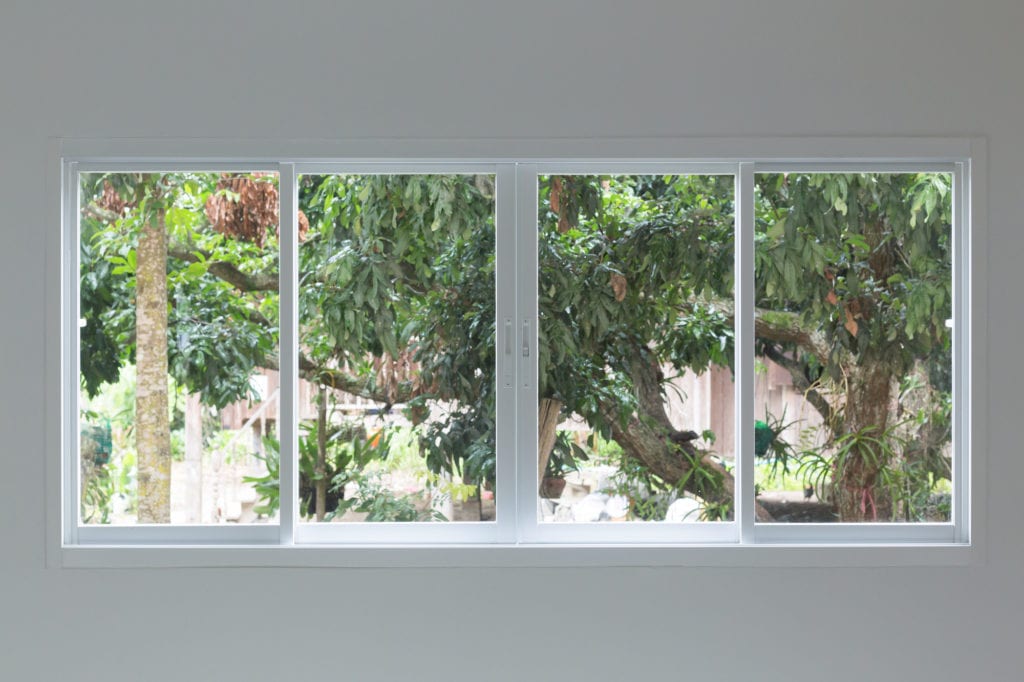All Categories
Featured
Table of Contents
Sustainability in Seville Grove WA
That window can transfer more solar heat in winter season than in summertime. A west-facing window on a summer's afternoon has an angle of occurrence from near 0 approximately 30 with a large reliable area of solar radiation. A north-facing window, in summer, has a high angle of occurrence and a low efficient area of solar radiation, so can send less heat than a west-facing one.

You can rapidly and quickly enhance the thermal efficiency of your house by replacing your windows. There are thousands of types of glass and frames to select from.
Lifestyle - West Coast Double Glazing in Subiaco Perth
There are various kinds of glass products to pick from. Single glazing utilizes a single pane of glass. Single glazing with clear glass is not really efficient when it concerns heat loss or gain. To improve performance, you can use single glazing with a more energy-efficient kind of glass such as low emissivity (low-e) glass.
The energy efficiency of IGUs likewise depends on: the properties of each layer of glass. Various glass types (for example, clear and low-e glass) can be put together in an IGU.
Double Glazed Windows Melbourne - Upvc - German ... in Rivervale Perth

IGU cavities can be filled with air or a more inert, low-conductivity gas such as argon the width of the cavity. Cavity density is generally 6 to 18mm. Wider cavities supply lower (much better) U values, with 12mm generally accepted as the favored space how well the cavity is sealed. Cavities must be dry and well sealed to prevent wetness getting in.
If argon is installed to the cavity in place of air, wetness is reliably omitted the level of desiccant (drying agent). The spacer (metal or polymer strip) that separates the glass layers contains a desiccant to absorb any wetness. Insufficient desiccant may cause wetness to condense on the glass surface in cold conditions, decreasing thermal performance.
Faq in Inglewood WA
In fact, IGUs can provide much better energy efficiency for all environments, particularly in heated and air-conditioned homes. Cross-section information of single, double and triple-glazing units Low emissivity glass (frequently referred to as low-e glass) reduces heat transfer. Low-e glass may be either high or low transmission: High transmission low-e glass has a covering that allows daylight from the sun to pass into the house to accomplish excellent solar heat gain, but lowers the quantity of the long wavelength infrared heat that can leave back through the window.
Low-e glass has either a pyrolytic finishing or a vacuum-deposited thin film metal finish. Pyrolytic finishes are resilient and can be utilized for any glazing; vacuum-deposited finishes are soft and are only utilized within IGUs. Low-e finishes can substantially enhance both U worth and SHGC; nevertheless, they must be utilized properly or they will either degrade or stop working to carry out as needed.
Why Install Stunning Double Glazing Windows During Summer? in Kelmscott Perth
Low-e coatings can be used in combination with clear, toned or reflective glass. Low-e finishings on glazing can reduce heat transfer where needed Photo: Department of Market, Science, Energy and Resources Toned glass has colouring ingredients included during manufacture. It is readily available in various colours, usually bronze, grey, blue and green.
Table of Contents
Latest Posts
Sustainability in Bassendean Perth
Climateframe Double Glazing: Perth's Double Glazed ... in Subiaco Western Australia
4 Benefits Of Double Glazed Windows In The Summer in Murdoch Western Australia
More
Latest Posts
Sustainability in Bassendean Perth
Climateframe Double Glazing: Perth's Double Glazed ... in Subiaco Western Australia
4 Benefits Of Double Glazed Windows In The Summer in Murdoch Western Australia